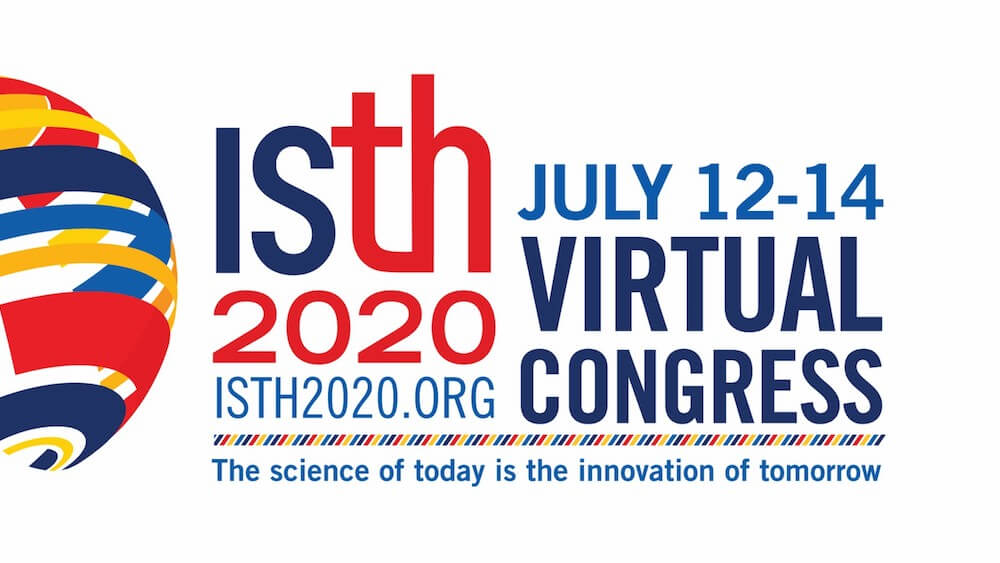
As the International Society on Thrombosis and Haemostasis has learned, offering CMEs at virtual events comes with different requirements, depending on when the sessions are viewed.
When the International Society on Thrombosis and Haemostasis (ISTH) decided in March to move its in-person annual meeting scheduled to take place in July in Milan, Italy, to a virtual platform, it kept certain components intact. The dates — July 12-14 — fell within the same window as the original event, and the virtual event featured a condensed program of “simulive” or pre-recorded sessions mixed with live Q&As with planned speakers. In addition, the online ISTH congress — which attracted 12,500 participants, topping its 2017 record of just under 10,000 attendees in Berlin— also offered attendees another staple of most face-to-face medical meetings, Continuing Medical Education (CME) credits.
“It was still critical for us to offer continuing education” via the virtual program, said Lisa Astorga, CMP, DES, ISTH’s director of meetings. ISTH is not self-accredited, but instead works with crediting providers around the world, such as Advancing Knowledge in Healthcare Inc. and the European Accreditation Council for Continuing Medical Education, depending on the event’s audience. But Astorga said there is a catch when it comes to providing continuing education credits in a virtual setting — earning CME credits “live” during an in-person or virtual event has different requirements than earning CMEs via on-demand sessions.
“In our case, we only offered the CME credits for the actual sessions that were held over our live congress dates,” Astorga said. “While we do have the content up for on-demand viewing, we’re not offering credits.” That’s because those accreditation requirements are much stricter and require more prep work for organizers. For example, she said, earning CMEs through on-demand sessions requires attendees to take pre- and post-session tests. “All of that would have to be developed, and we just didn’t have the time or the resources to do that in order to have a virtual meeting,” Astorga said.
Given the event industry’s sudden transition to primarily virtual meetings due to COVID-19, Astorga wonders if accreditation requirements could potentially shift to meet the needs of the currently virtual-focused world.
“I think from an accrediting standpoint, the accrediting bodies were so used to webinar-type things, and small, on-demand programs that could easily offer credits putting the pre- and post-test together,” she said. “However, if you’re looking at a full virtual congress, it would be extremely difficult. … This is an interesting topic that I think there will be a lot of discussion about moving forward.”
Casey Gale is associate editor at Convene.
